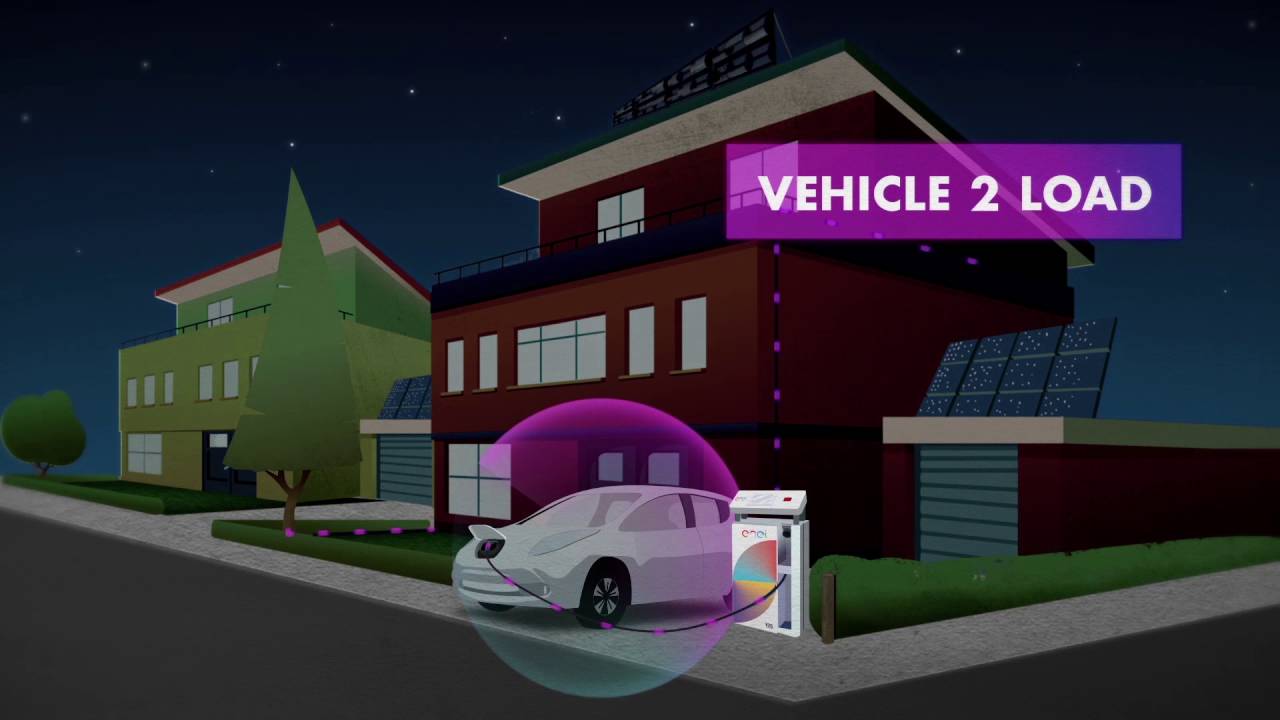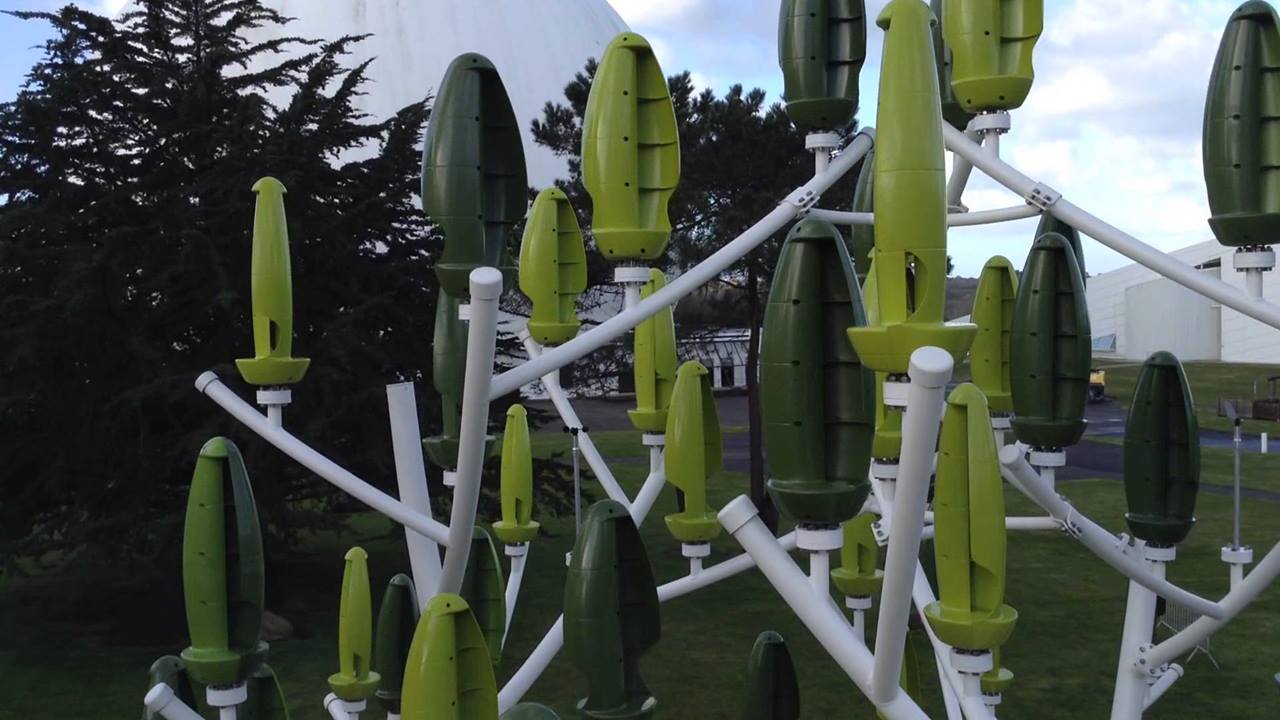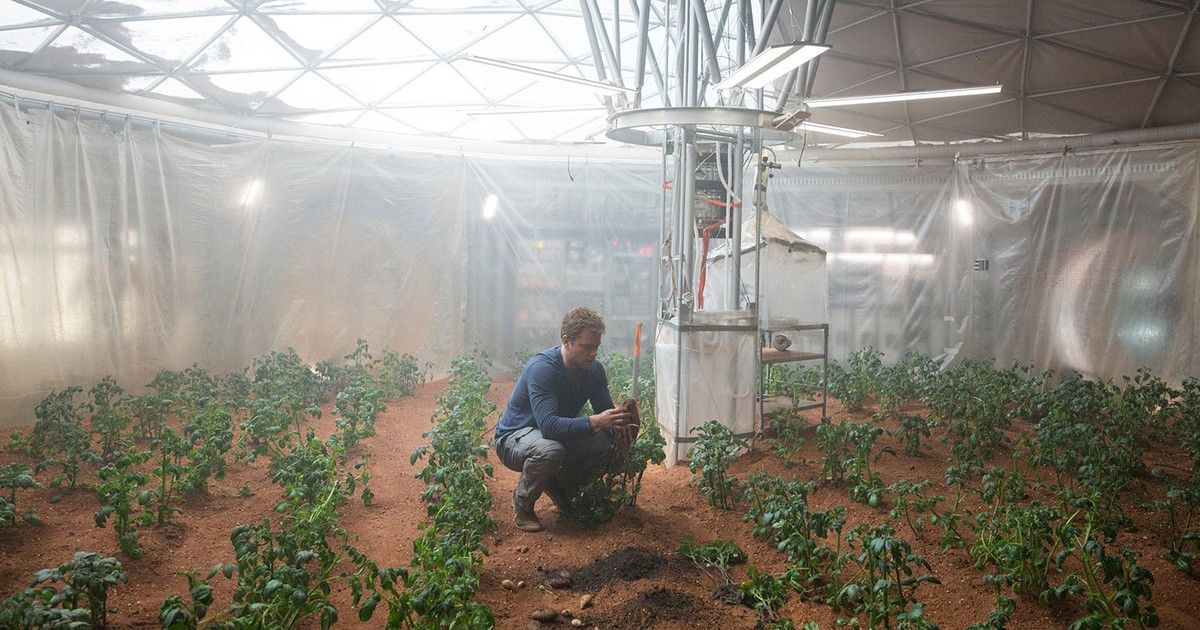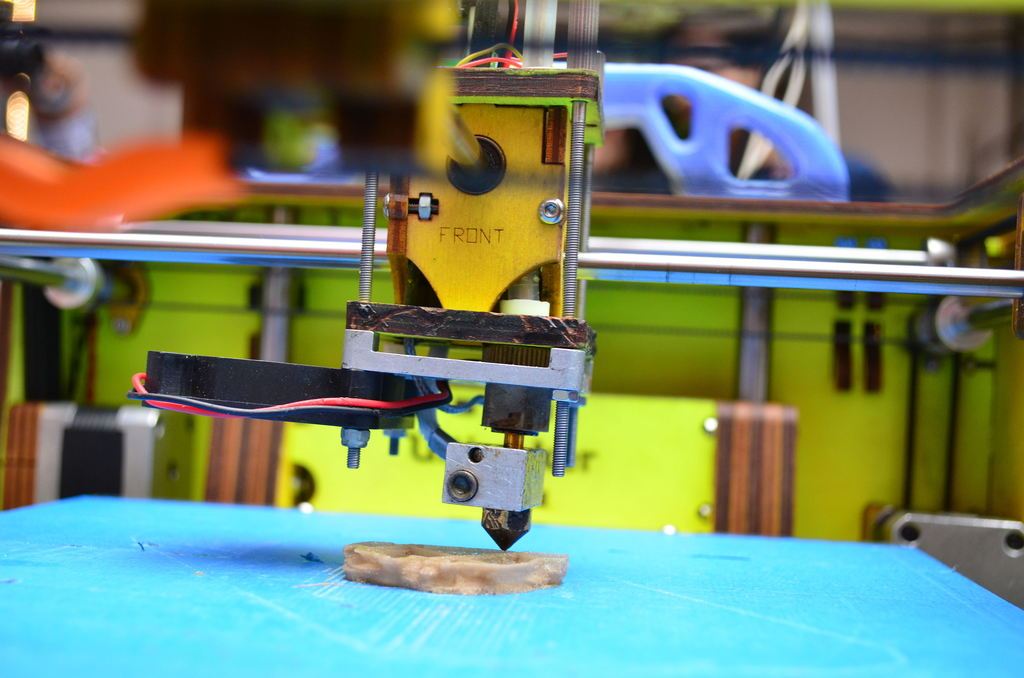Phototactic behaviour directs some bacteria towards light and others into darkness: This enables them to utilize solar energy as efficiently as possible for their metabolism, or, otherwise, protects them from excessive light intensity. A team of researchers headed by Clemens Bechinger from the Max Planck Institute for Intelligent Systems and the University of Stuttgart, as well as colleagues from the University of Düsseldorf have now found a surprisingly simple way to direct synthetic microswimmers towards light or darkness. Their findings could eventually lead to minuscule robots that seek out and treat lesions in the human body.









